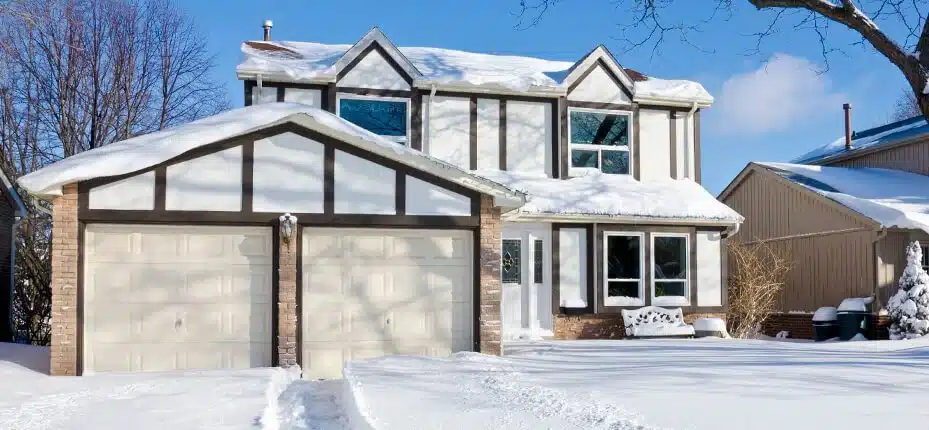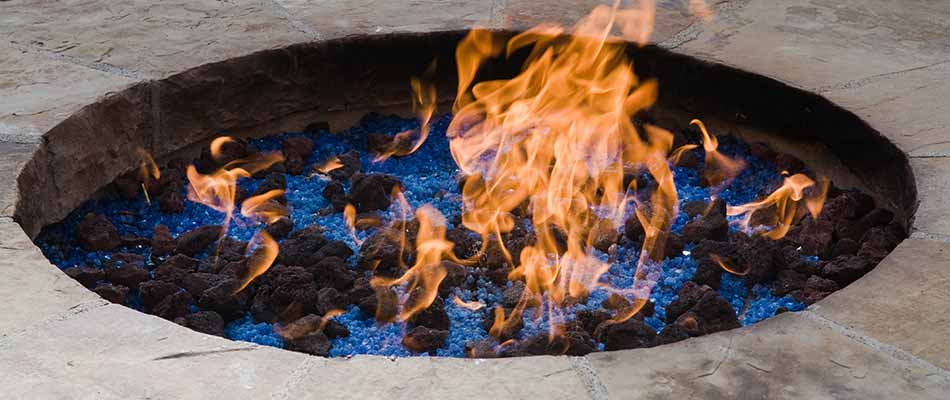The 3 Ways To Winterize Your Garage This Year
As winter approaches, many parts of our homes need extra attention to handle the cold. One area often overlooked is the garage. A garage that’s prepared for winter not only keeps your car and stored items safe but also saves you money on heating bills. Think of the garage as an extension of your living space.
Just as you wouldn’t want cold drafts in your living room, you wouldn’t want them in your garage either. Plus, a winter-ready garage can extend the life of your tools and other stored items. In this article, we will cover several simple steps to winterize your garage for a warmer, more efficient, and safer garage all winter long.
1 – Repair and upgrade the door
One of the primary ways heat escapes from a home is through non-insulated garage doors. By having a door that’s not properly insulated, you’re essentially letting warmth slip away, making your heating system work overtime.
Insulating your garage door is a smart move. Not only does it prevent unnecessary heat loss, but an insulated door can significantly cut down on energy consumption, saving you money in the long run.
Take a moment to inspect your garage door for gaps and cracks. These tiny openings might seem harmless, but they allow cold air to seep into your garage. To tackle this issue, invest in quality weatherstripping material.
This material acts as a barrier, keeping the cold air out and the warmth in. It’s a good practice to check the bottom door seals. Over time, these seals can wear out or get damaged. You can do this yourself, but if you have other issues with the door then it makes sense to call in experts such as Canadoor Garage Doors.
2 – Insulate the walls and ceiling
Winterizing your garage goes beyond just the door. The walls and ceiling play pivotal roles in ensuring the space remains warm and energy-efficient during the cold months. Insulating these areas will ensure a consistent temperature, making your garage a comfortable place for both work and storage throughout winter.
Before diving into insulation, it’s crucial to identify where heat is escaping. One of the most effective ways to do this is by using thermal imaging. By pinpointing the cold zones, you’ll know exactly where to focus your insulation efforts.
3 – Seal windows
Windows are a likely culprit if you’ve insulated the door and walls of the garage but still feel it is too drafty. Windows can become significant sources of cold drafts if not correctly sealed.
Over time, the sealant around windows might degrade or crack, leading to gaps. This can potentially cause leaks, which could damage the garage and any tools or equipment inside. To address this, you can use caulk for the stationary parts of a window and weatherstripping for the parts that move.
If you want an almost invisible solution that doesn’t obstruct the view or light, consider using a window insulation film. This clear plastic film, when applied to your window panes, creates an insulating pocket of air between the film and the window.







